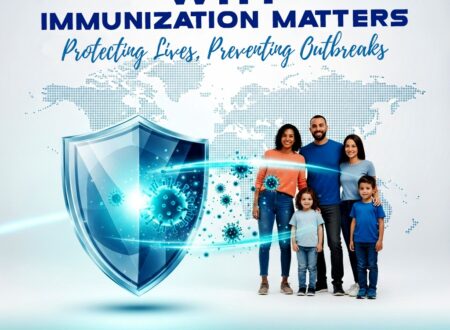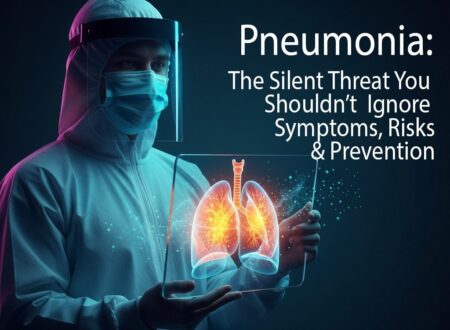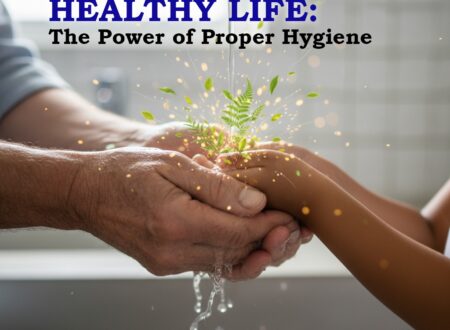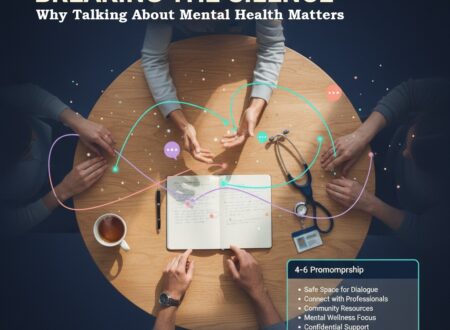When Sarah first noticed she was getting winded climbing the stairs to her apartment, she shrugged it off as “being out of shape.” Three months later a stubborn cough and chest tightness sent her to the doctor—and a diagnosis of COPD changed everything. If that sounds familiar, you’re not alone. Building strong COPD awareness helps people recognize warning signs early, access treatment sooner, and take concrete steps to protect lung health.
Below is a friendly, practical, and slightly deeper guide (updated for 2025) that explains what COPD is, who’s at risk, which symptoms deserve attention, and what you can do—today—to breathe easier.
Quick hook: Why this matters now
COPD is common but under-recognized. The sooner you notice it, the more you can slow progression, reduce flare-ups, and preserve quality of life. That’s the core of COPD awareness—recognizing small changes before they become big problems.
What is COPD? (Simple, human explanation)
Chronic Obstructive Pulmonary Disease (COPD) is an umbrella term for long-lasting lung conditions—primarily emphysema and chronic bronchitis—that narrow airways and make it harder to breathe out. Imagine tiny balloons (air sacs) that gradually lose their bounce; that trapped air makes each breath feel heavier.
COPD develops slowly over years. Many people adapt to the gradual decline and mistake symptoms for aging or poor fitness. Increasing COPD awareness helps change that mindset: symptoms deserve attention, not dismissal.
Common early signs you shouldn’t ignore
Spotting COPD early is the single most important thing you can do. Look out for:
- Persistent cough (often with mucus) lasting weeks to months
- Increasing breathlessness during activities that used to be easy
- Wheezing or a whistling sound when you breathe
- Frequent chest infections that hang on longer than usual
- Tiredness or reduced ability to do daily tasks
If any of the above sound familiar, book a medical visit—simple tests like spirometry can detect airflow limitation early. Raising COPD awareness starts with listening to your body.
Who’s at risk? It’s not just smokers
While tobacco smoking is the leading cause, many other factors contribute:
- Air pollution (both outdoor PM2.5 and indoor smoke from biomass stoves)
- Occupational exposures (dust, fumes, chemicals)
- Secondhand smoke
- Genetic factors (e.g., alpha-1 antitrypsin deficiency)
- Prior severe lung infections and certain childhood respiratory illnesses
Increasing public COPD awareness must include environmental and occupational risks—especially in regions where indoor cooking with solid fuels is common.
What’s new in 2025: treatments & care trends
Medical care for COPD keeps improving. Key developments you should know:
- Better inhaler formulations (long-acting bronchodilators and combination inhalers) reduce dosing frequency and improve adherence.
- Pulmonary rehabilitation (exercise, education, breathing techniques) remains highly effective for improving quality of life.
- Portable oxygen concentrators and wearable monitoring devices give patients more freedom and safer home management.
- Targeted therapies and personalized care plans are increasingly available for specific COPD subtypes.
Part of contemporary COPD awareness is understanding these options so you can discuss them with your clinician.
Practical prevention & daily management tips
Small, consistent habits make a big difference:
- Quit smoking (or never start). It’s the single most effective step to slow COPD progression.
- Avoid polluted air—check local AQI apps, avoid outdoor activity on high-pollution days, and use N95 masks when needed.
- Get vaccinated—annual flu, pneumococcal vaccines, and COVID boosters when recommended.
- Practice breathing techniques—pursed-lip and diaphragmatic breathing reduce breathlessness.
- Stay active—gentle, regular exercise strengthens respiratory muscles.
- Eat smart—balanced nutrition supports muscle strength and immunity.
- Build an action plan—know early exacerbation signs and when to contact your healthcare team.
Widespread COPD awareness empowers people to adopt these everyday practices.
Technology that helps (and how to use it)
Digital tools are now part of routine COPD care:
- Smart inhalers remind you and track adherence.
- Air quality apps help plan outdoor activities safely.
- Telemedicine offers quick access to specialists and follow-ups.
- Wearables/pulse oximeters can flag early drops in oxygen that require attention.
Using tech wisely is a modern extension of effective COPD awareness—it keeps you connected to care.
Emotional health & community support
COPD can be isolating. Anxiety and depression are common and worsen health outcomes. Don’t underestimate the power of:
- Support groups (online or local)
- Counseling or cognitive behavioral therapy for anxiety
- Family education so caregivers know how to help
Boosting COPD awareness includes addressing emotional wellbeing alongside physical health.
Emergency plan: be prepared, not panicked
Work with your clinician to make a written plan that includes:
- List of current meds and dosages
- What counts as “worse” for you (increased sputum, breathlessness, fever)
- When to start rescue meds (if prescribed)
- When to call your doctor or go to ER
Good COPD awareness means knowing what to do before an emergency happens.
Real-life hope: stories that inspire
People with COPD often report big wins from small changes—quitting smoking, joining rehab, and learning breathing exercises. Recovery isn’t about curing COPD overnight; it’s about gaining tools to live better. Increased COPD awareness leads to earlier care, fewer hospitalizations, and better days.
Conclusion: make COPD awareness part of everyday health
COPD is serious but manageable—especially when people know the signs, risks, and practical steps to take. Boosting COPD awareness in your home, workplace, and community could help someone spot symptoms earlier and get the help they need. Take one action today: book a spirometry test if you have persistent respiratory symptoms, or share this article with someone who might benefit.
Want help turning awareness into action? I can create a downloadable COPD symptom checklist, an emergency action-plan template, or a set of social media captions to raise awareness in your community—tell me which and I’ll make it.






